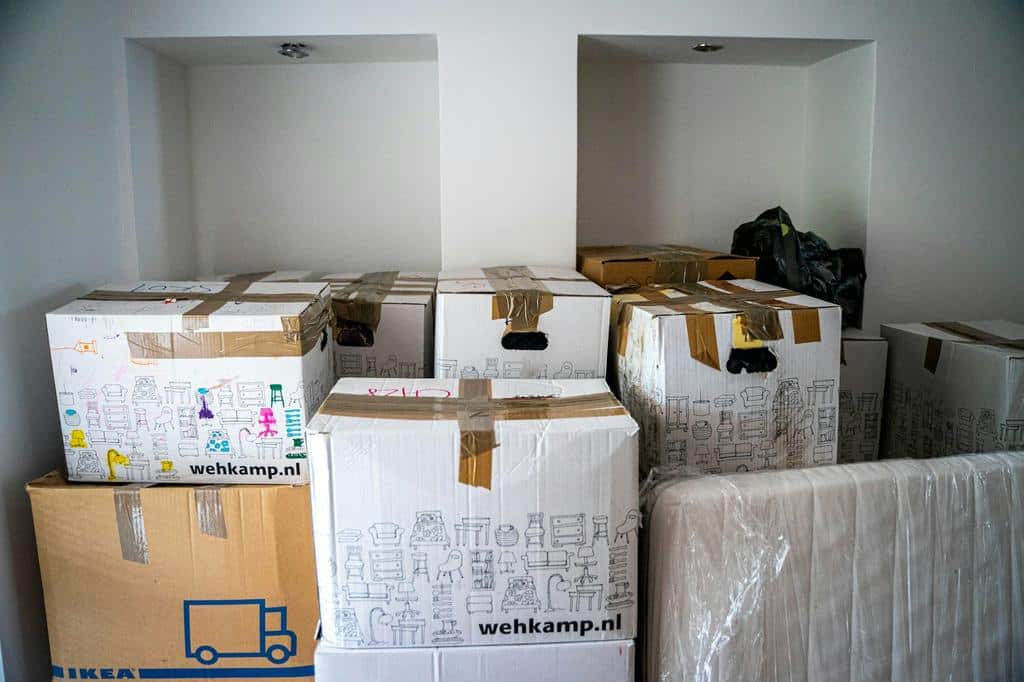Planning a move is a big undertaking but doesn’t have to be overwhelming. Breaking down your goals into smaller, more manageable steps can reduce stress and avoid last-minute surprises.
Planning is the secret to a successful move. Starting early, making lists, gathering packing supplies, and organizing logistics ahead of time can reduce stress and make your move smoother. From packing non-essentials to confirming moving day logistics, these tips ensure the day comes off without a hitch.
Whether you’re moving across town or to another city, the following tips will ensure your move goes smoothly.
Create a Checklist
A moving checklist helps you keep track of all your tasks and ensures you don’t miss anything. You can decide what’s important with a checklist and schedule time for each job.
This way, you avoid rushing at the last minute and have enough time to finish everything before the move. You can mark each task as you complete it.
Set a Budget
Setting a budget for your move is key to managing expenses and avoiding financial surprises. After deciding how much you can afford, make a detailed list of possible costs. These include renting a storage container, buying packing materials, and covering travel expenses.
Start saving early to prepare for unexpected costs and keep track of your spending during the move. Sticking to your budget will make the transition to your new home smoother without adding financial stress.
Rent a Portable Storage Container
Portable storage containers are a great way to move your belongings from one place to another. You can load your items into the container at your own pace without the pressure of a moving truck rental or a fixed moving day schedule.
This flexibility is helpful if your move-out and move-in dates don’t match or if you need extra time to organize your things. Portable storage containers are delivered to your home and picked up when ready.
Once loaded, the container can be stored temporarily at your location or taken directly to your new home or storage facility.
Declutter and Downsize
Decluttering and downsizing can make your move easier. Start planning your move well in advance. Give yourself time to sort through your belongings so you don’t feel rushed. Create categories like “Keep,” “Donate/Sell,” “Throw Away,” and “Undecided.”
Work on one room or area at a time. Begin with less sentimental spaces, such as storage rooms or closets. Then, move to more personal areas, such as bedrooms and living rooms.
Consider if each item adds value to your life or is worth moving. Arrange pick-ups or drop-offs for items in good condition that you no longer want. Dispose of broken or unusable things responsibly.
Gather Packing Supplies
Getting your packing supplies ahead of time helps you stay organized. Estimate how much you’ll need based on your home’s size and what you’re packing. You’ll need moving boxes, packing tape, bubble wrap, packing paper, label markers, and special containers for fragile items.
Collecting these early avoids last-minute panic. Get a variety of sturdy boxes in different sizes. You can often find free boxes in local stores or online marketplaces.

Pack Non-essentials
Packing non-essentials ahead of time helps you keep your belongings in order. Start with items you won’t need before the move, like off-season clothes, books, decorations, or spare kitchenware.
Place them in boxes, cushioning them with packing paper or bubble wrap. Label each box with what’s inside and which room it belongs to. This will make unpacking simpler when you arrive at your new home.
Plan Moving Day Logistics
Double-check with your portable storage container moving company to ensure pick-up and drop-off go smoothly. Confirm the date, time, and address of your current and new homes. Make sure they have your contact information and any special instructions.
Pack a bag or box with essential items you’ll need on moving day and once you’re at your new place. These items include toiletries, a change of clothes, critical documents, medications, and snacks. Have furniture pads, blankets, cardboard, or floor runners ready to protect floors and walls from damage during the move.
Arrange for utilities to be disconnected at your old home after moving out and connected at your new home before moving in.





